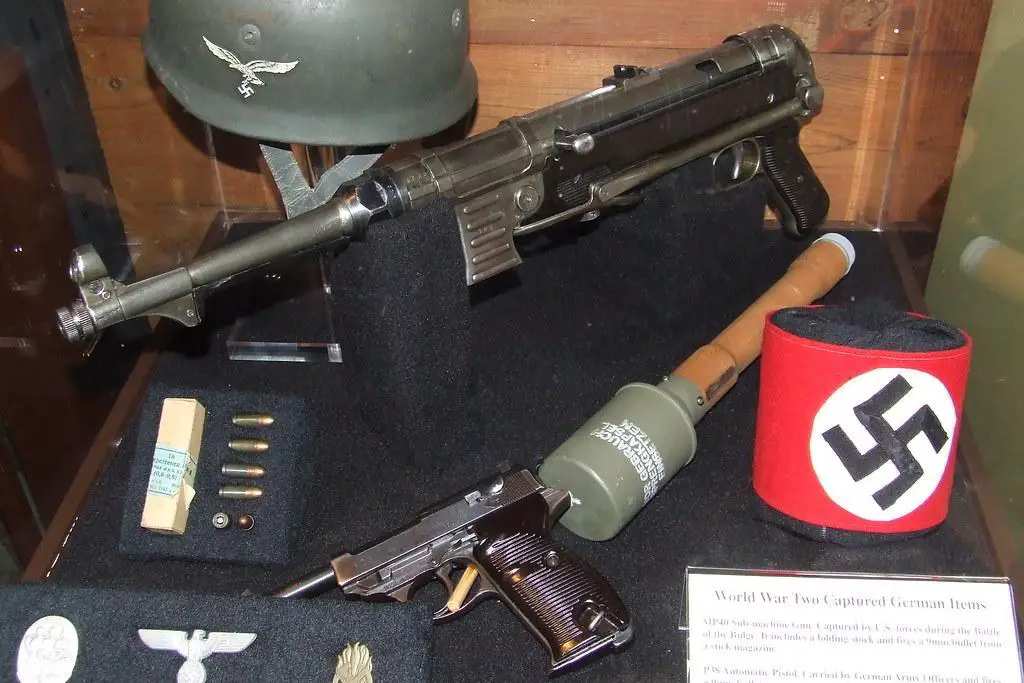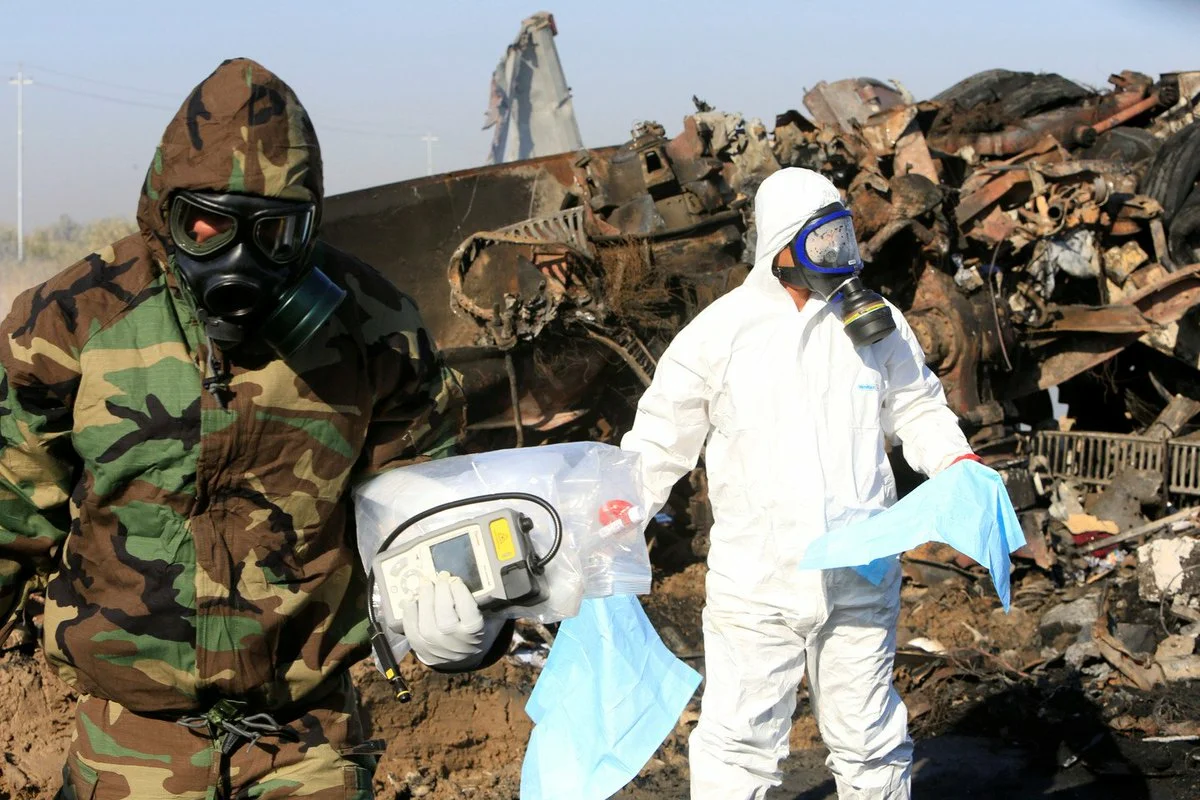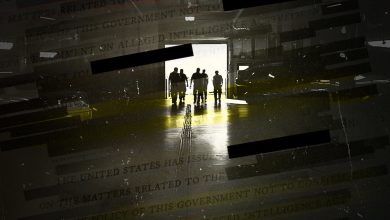
The world of James Bond is one of exhilarating espionage, high-stakes drama, and captivating villains. Among the many elements that contribute to the allure of these iconic films is the portrayal of nerve agents as potent and sinister weapons. In this exploration, we delve into the enigmatic realm of nerve agents as depicted in James Bond movies and compare them to the stark reality of these lethal substances. From the silver screen to real-world conflicts, we uncover the truths, the myths, and the chilling parallels that connect fiction to fact.
Nerve agents, the hidden assassins of both fiction and history, have cast their shadow over the James Bond franchise, adding layers of suspense and danger to the intricate narratives. As we embark on this journey, we unravel the intricacies of nerve agents, their historical significance, and their portrayal in popular culture. From the battlefields of World War II to modern-day espionage, the convergence of fiction and reality beckons us to explore the multifaceted nature of these chemical agents that can bring nations to their knees and heroes to their limits.
Key Takeaways
- Nerve Agents in James Bond: Nerve agents serve as powerful plot devices in James Bond movies, often depicted as lethal tools of destruction used by villains to achieve their nefarious goals.
- Real-World Threat: Nerve agents are not just a creation of fiction; they are real chemical compounds that disrupt the nervous system. These agents have been used in history, from the atrocities of World War II to more recent conflicts and assassinations.
- Differences and Parallels: While James Bond movies take creative liberties in their portrayal of nerve agents, they draw inspiration from real-world threats. However, the instantaneous effects and ease of deployment are often exaggerated for dramatic purposes.
The Nerve Agent in James Bond: Unveiling the Intrigue and Reality
James Bond movies have always captivated audiences with their thrilling espionage plots, high-octane action, and intriguing villains. One recurring element in these movies is the nerve agent, a lethal substance that often plays a pivotal role in the storylines. But what exactly is the nerve agent in James Bond movies, and how does it compare to reality? In this article, we dive deep into this topic to uncover the secrets behind the nerve agents featured in the iconic spy franchise.
The Nerve Agent in James Bond Movies
Nerve Agent: A Deadly Plot Device
The nerve agent, as depicted in James Bond movies, serves as a potent and deadly weapon used by villains to achieve their malevolent goals. It is often portrayed as a colorless and odorless substance that can incapacitate or kill within moments of exposure. These agents are typically presented as tools of mass destruction, capable of creating chaos on a global scale.
Iconic Examples
Some of the most memorable nerve agent depictions in James Bond films include:
- Goldfinger (1964): In this classic film, the villain Auric Goldfinger plans to contaminate the gold supply at Fort Knox with a nerve agent called Delta-9.
- Moonraker (1979): The villain Hugo Drax intends to deploy a nerve agent through globes to wipe out humanity, leaving only his chosen “master race” behind.
- Skyfall (2012): While not a nerve agent in the traditional sense, the plot revolves around a digital threat that exposes MI6 agents, which could be considered a metaphorical modern-day nerve agent.
Nerve Agents in Reality
Understanding Nerve Agents
Nerve agents are indeed real chemical compounds that disrupt the normal functioning of the nervous system. These agents belong to the broader class of organophosphates and are characterized by their ability to inhibit the enzyme acetylcholinesterase, which is vital for transmitting nerve signals.
Usage in WW2 and Modern Conflicts
Nerve agents have a haunting history that extends beyond the world of fiction. One of the most infamous incidents involving nerve agents occurred during World War II, when the Nazis developed and used tabun and sarin gases. These chemicals were designed as weapons, and their effects on humans were devastating.

In more recent times, nerve agents have continued to be used in conflicts and assassinations. The 2013 Ghouta attacks in Syria, where sarin gas was used against civilians, shocked the world with its horrific scale.

The attempted assassination of Sergei and Yulia Skripal in Salisbury, England, in 2018, using a Novichok nerve agent, further underscored the deadly potency of these substances.

Types of Nerve Agents
There are several types of nerve agents, including:
| Nerve Agent | Lethal Effects | Notable Incidents |
|---|---|---|
| Sarin | Rapid paralysis, suffocation | Tokyo subway attack (1995), Ghouta attacks (2013) |
| VX | Muscle twitching, convulsions | Assassination of Kim Jong-nam (2017) |
| Novichok | Nausea, convulsions, respiratory failure | Salisbury poisoning (2018) |
Real-World Consequences
Unlike their portrayal in movies, real nerve agents have been used in horrific incidents, such as terrorist attacks and political assassinations. The Tokyo subway sarin attack and the Salisbury poisoning are grim reminders of the devastating impact these agents can have.
Parallels and Departures
Blurring the Lines between Fiction and Reality
While James Bond movies often take creative liberties with the portrayal of nerve agents, they do draw inspiration from real-world threats. The depiction of nerve agents as clandestine tools of destruction adds an extra layer of intrigue to the spy narratives.
Differences and Exaggerations
It’s important to note that the portrayal of nerve agents in James Bond films often exaggerates their effects for dramatic effect. The instant incapacitation or death depicted in the movies is not always reflective of how nerve agents work in reality. Moreover, the ease of production and deployment is often exaggerated, contributing to a more thrilling storyline.
FAQ :
1. What are nerve agents, and how do they work?
Nerve agents are highly toxic chemical compounds that disrupt the nervous system’s normal functioning. These agents inhibit the activity of the enzyme acetylcholinesterase, which is essential for transmitting nerve signals. This disruption leads to a buildup of the neurotransmitter acetylcholine, causing overstimulation of nerve cells. The result is a cascade of symptoms, including muscle twitching, paralysis, convulsions, and ultimately, death. Nerve agents can be deadly even in minuscule amounts, making them potent and lethal weapons.
2. How were nerve agents used in World War II?
During World War II, the Nazis developed and used nerve agents such as tabun and sarin. These agents were intended as chemical weapons and were employed in various military operations. Tabun, for example, was used in the form of shells, while sarin was stockpiled but not widely used due to logistical constraints. The use of nerve agents during WWII marked a disturbing escalation in the lethality of chemical warfare.
3. Are nerve agents still used in modern conflicts?
Yes, nerve agents continue to be used in modern conflicts and even in acts of terrorism. The 2013 Ghouta attacks in Syria, involving sarin gas, stands as a harrowing example of nerve agent use in recent times. Additionally, the Salisbury poisoning in 2018, where the Novichok nerve agent was used to target former Russian spy Sergei Skripal and his daughter, highlighted the ongoing threat posed by these substances.
4. Can nerve agents be detected?
Yes, various methods can detect the presence of nerve agents. These methods include mass spectrometry, gas chromatography, and spectroscopic techniques. Detecting nerve agents promptly is crucial for responding to potential incidents and ensuring public safety.
5. How are nerve agents treated?
Treatment for nerve agent exposure involves a combination of medications and supportive care. The antidotes atropine and pralidoxime are commonly used to counteract the effects of nerve agents by blocking the excessive neurotransmitter activity. Rapid administration of these antidotes is essential for improving chances of survival.
6. Are nerve agents colorless and odorless, as depicted in movies?
Yes, nerve agents are typically colorless and odorless, which adds to their danger. Their ability to go undetected by human senses makes them effective weapons for covert operations, as portrayed in movies.
7. Can nerve agents really kill within moments of exposure?
While nerve agents can be rapidly lethal, the depiction of instant death in movies is often exaggerated. Depending on factors such as dosage, exposure route, and individual susceptibility, the effects of nerve agents can take minutes to hours to manifest fully.
8. How are real nerve agents different from their portrayal in James Bond movies?
Real nerve agents share similarities with their movie portrayals but also exhibit notable differences. The speed of action, ease of deployment, and effects on victims are often exaggerated in movies for dramatic effect. Additionally, the complex production and handling process of nerve agents are usually oversimplified in films.
9. Can nerve agents be manufactured easily?
The production of nerve agents requires specialized equipment, knowledge, and precursors that are tightly controlled. It is not a process that can be easily replicated by individuals without access to advanced chemical facilities.
10. Are there international efforts to control and prevent the use of nerve agents?
Yes, there are international agreements aimed at controlling and preventing the use of chemical weapons, including nerve agents. The Chemical Weapons Convention (CWC) is a key treaty that prohibits the development, production, stockpiling, and use of chemical weapons, including nerve agents. The Organization for the Prohibition of Chemical Weapons (OPCW) oversees the implementation of the CWC and works to ensure the global elimination of chemical weapons.











One Comment